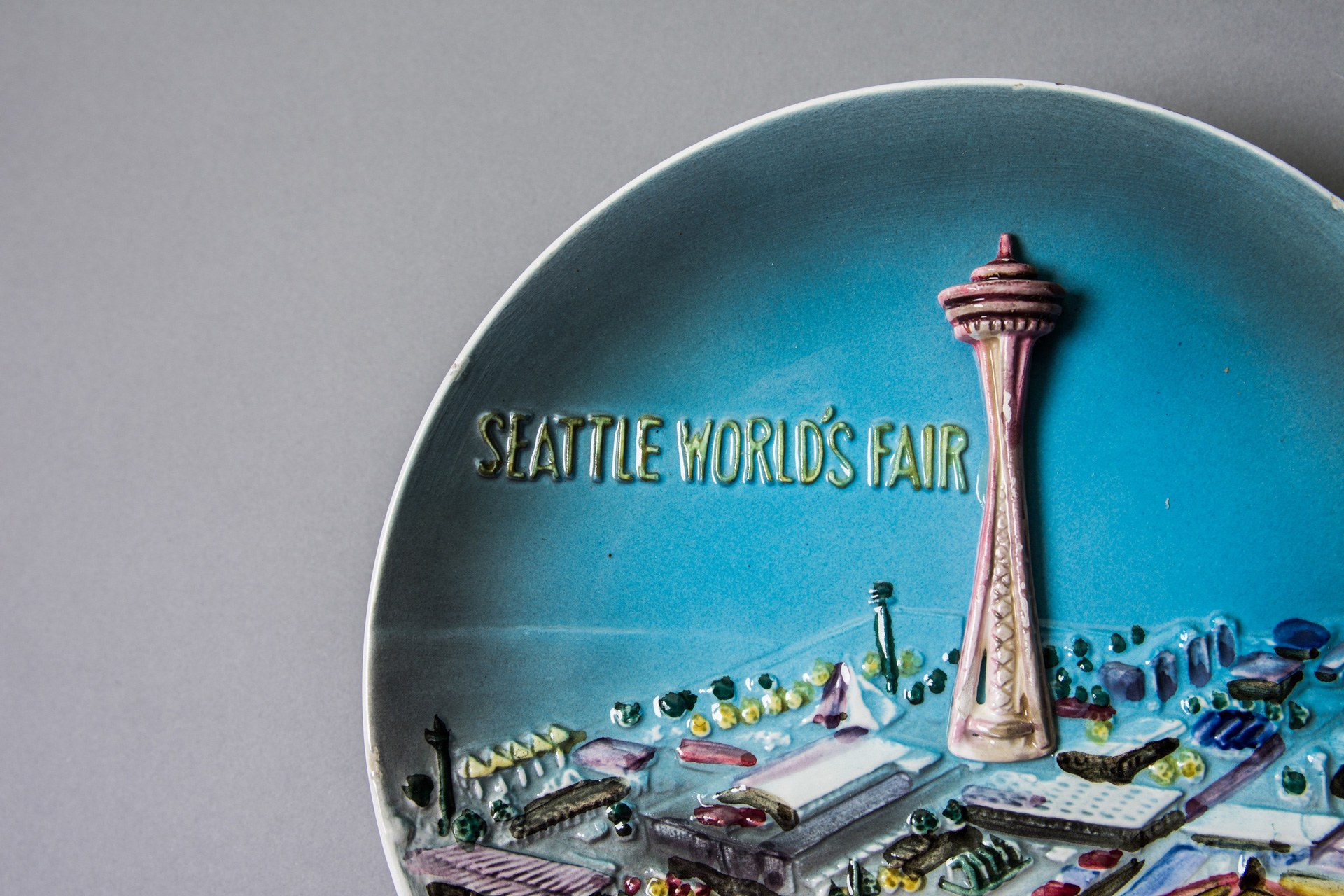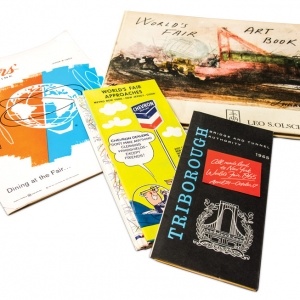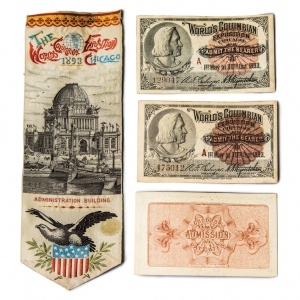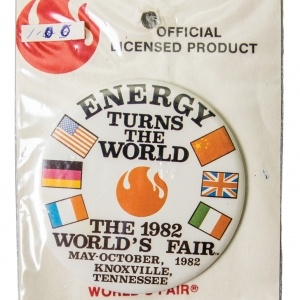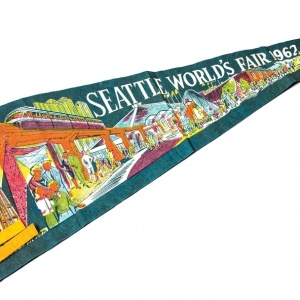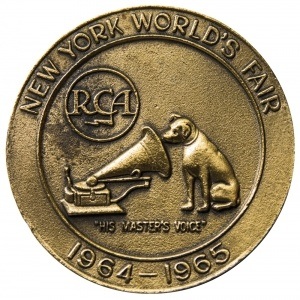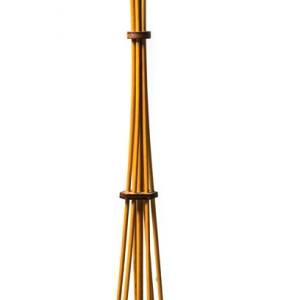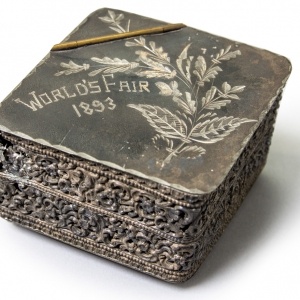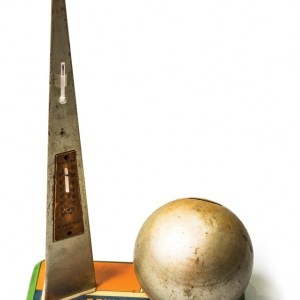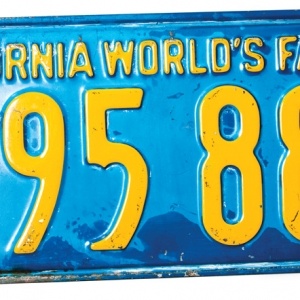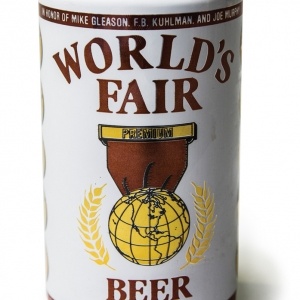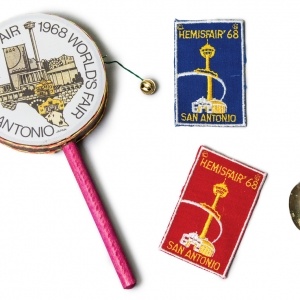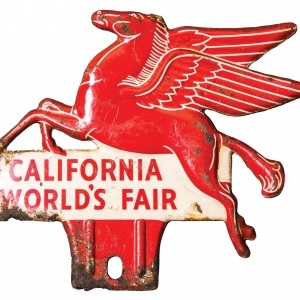World’s Fair Collection Finds a Home in La Verne
More than 100 boxes of original world’s fair documents and artifacts are now part of the University of La Verne’s Archives and Special Collections, thanks to the extraordinary gift of the PonTell family. Dating back to the very first expo, held in London in 1851, this vast treasure trove includes books, photographs, brochures, and objects revealing the fascinating history of this highly influential enterprise.
July 12, 2021
More than 100 boxes of original World’s Fair documents and artifacts are now part of the University of La Verne’s Archives and Special Collections, thanks to the extraordinary gift of the PonTell family.
Dating back to the very first expo, held in London in 1851, this vast treasure trove includes books, photographs, brochures, and objects revealing the fascinating history of this highly influential enterprise. Once catalogued, the collection will be shared in classes and made available to researchers. They will also be placed in rotating displays around campus and loaned to community institutions such as Fairplex in Pomona and the Huntington Library.
The World’s Fair Collection was amassed by David F. PonTell (1923–2008), a versatile businessman who made major contributions to the civic development of Big Bear Lake, where he and his family lived for nearly 40 years.
A true Renaissance man, PonTell loved the arts and literature and was a painter and violinist in his spare time. In his younger years, he ran Presentation Industries in San Gabriel, a company that built displays and interactive exhibits for museums and fairs. Among the projects he worked on was Mathematica: A World of Numbers…and Beyond, commissioned in 1961 by IBM Corporation and created by the legendary industrial designers Charles and Ray Eames.
A copy of this exhibit was made for the IBM Pavilion at the 1964–65 New York World’s Fair.
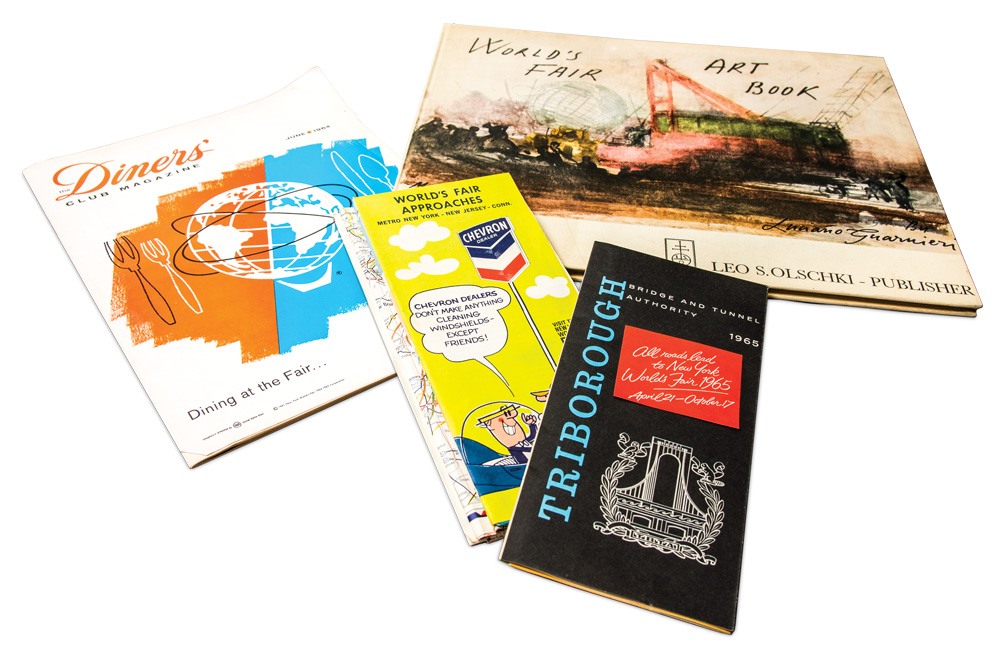
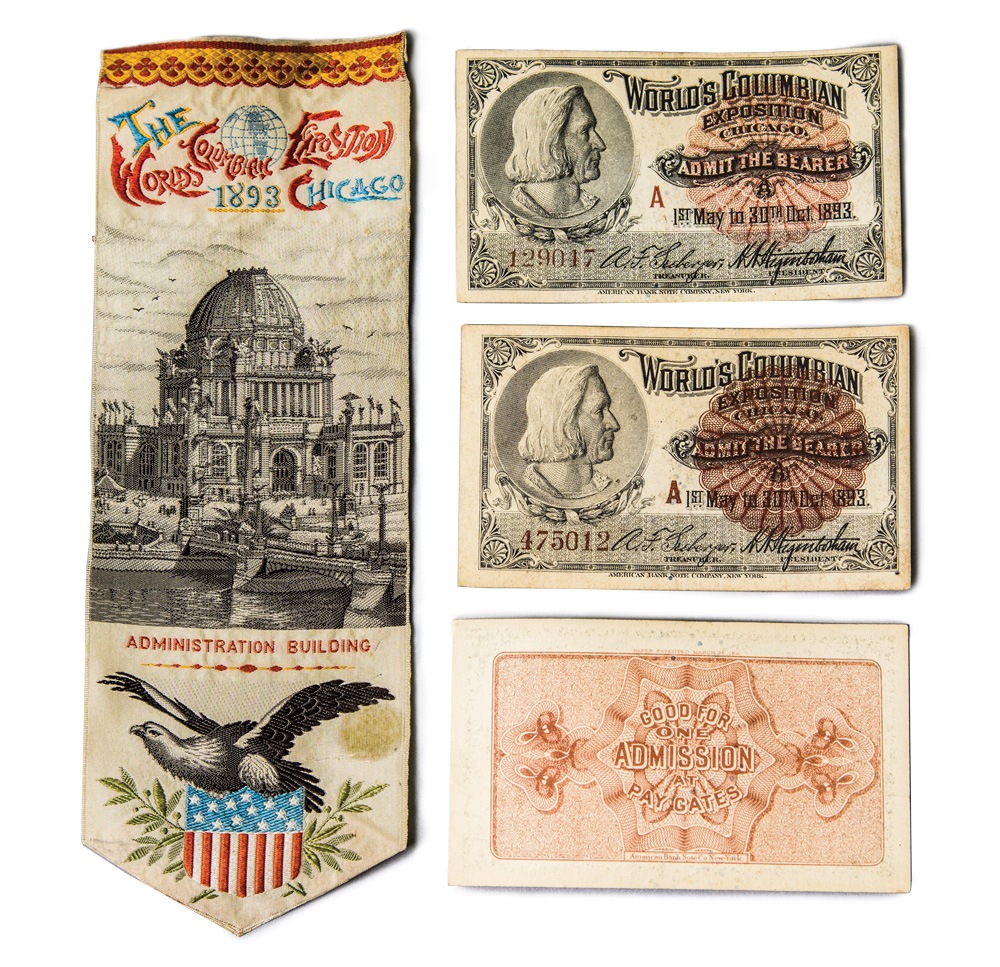
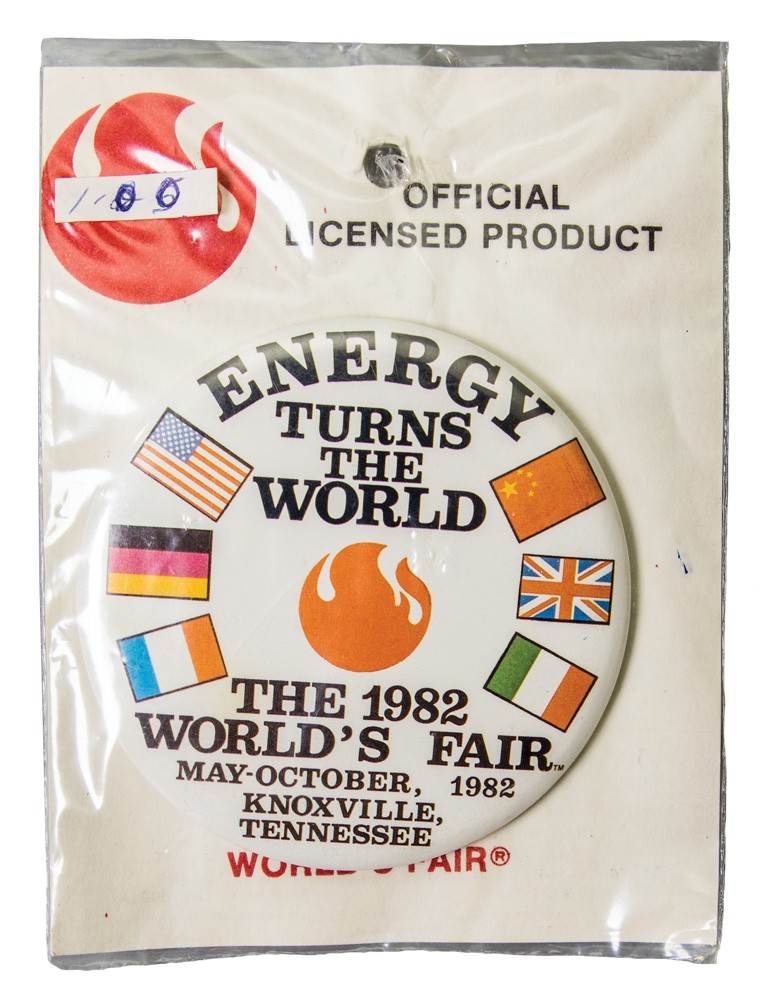
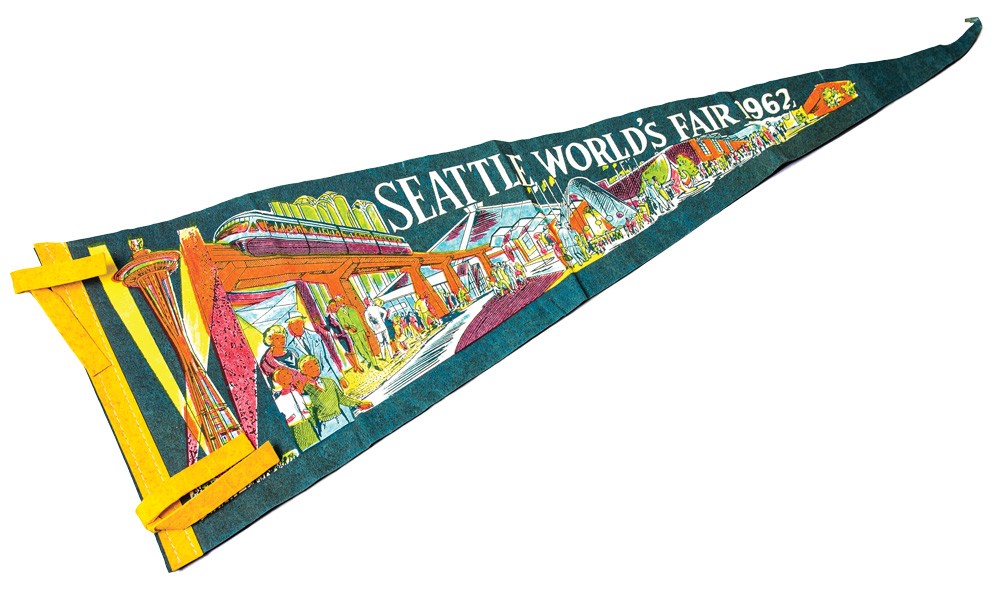
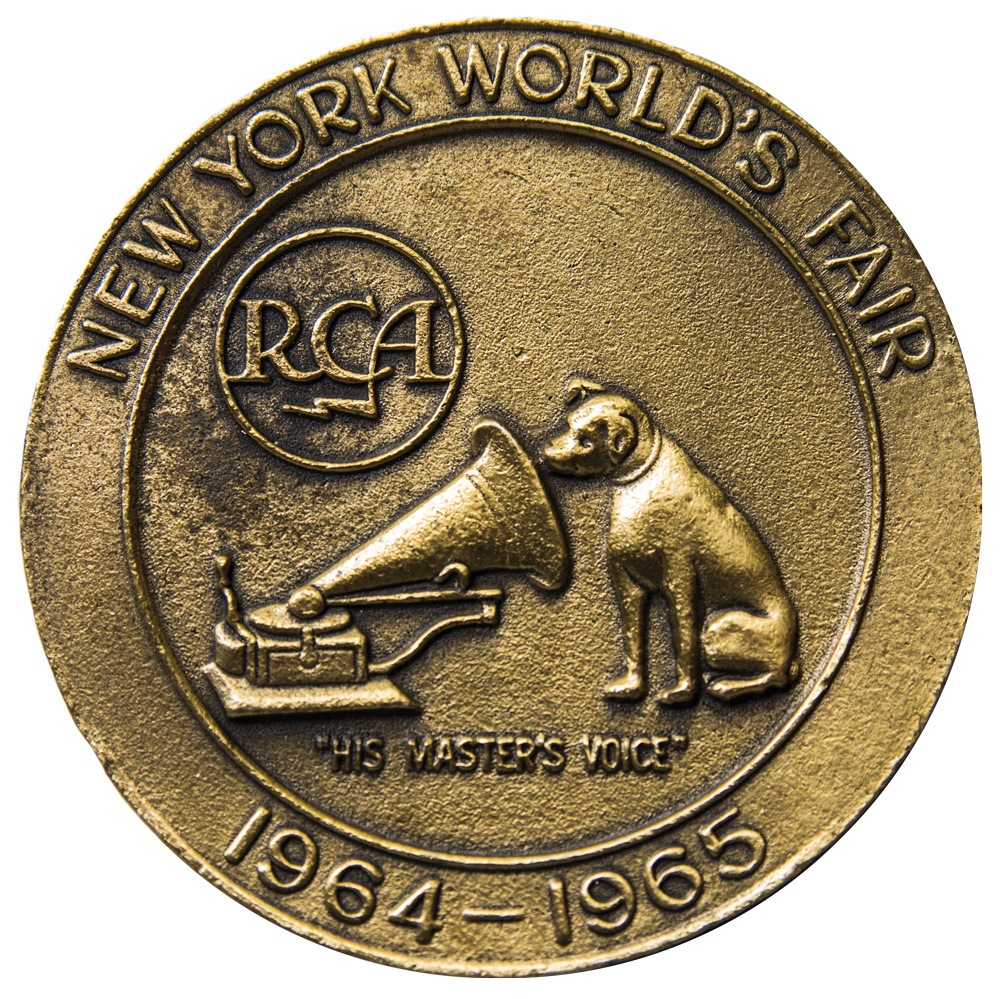
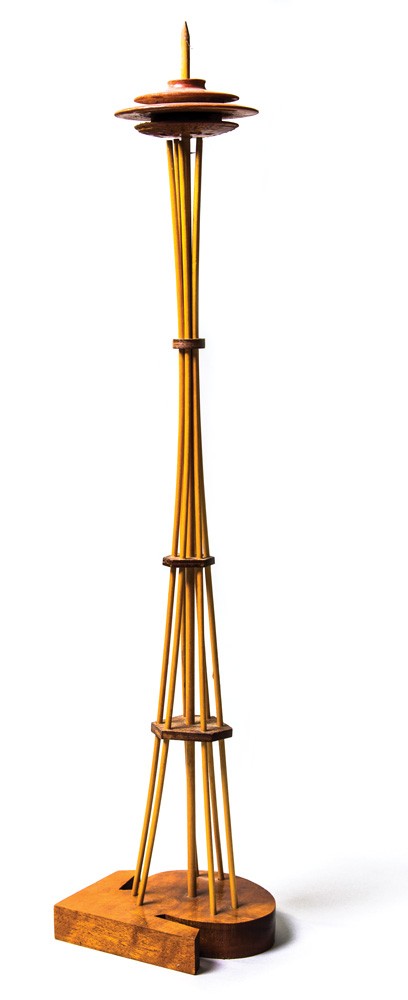
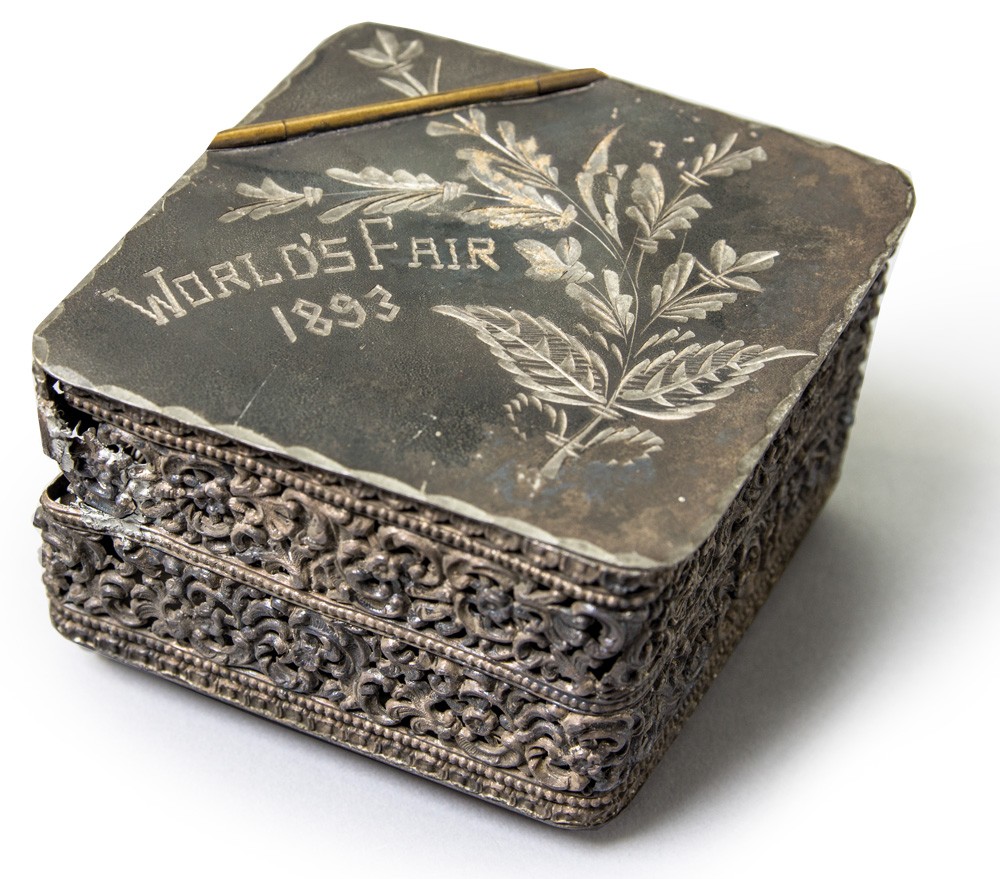
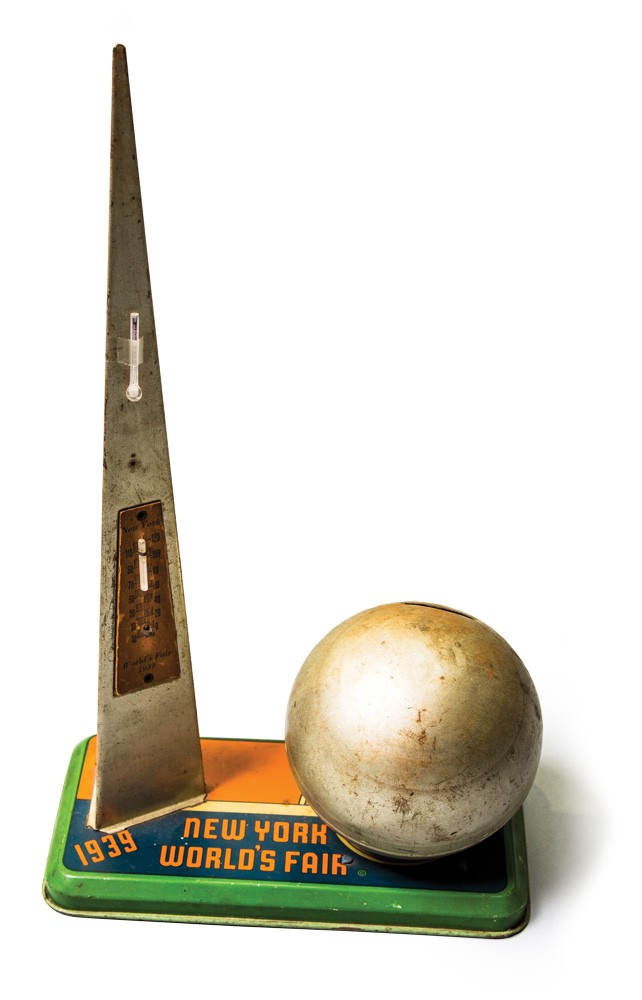
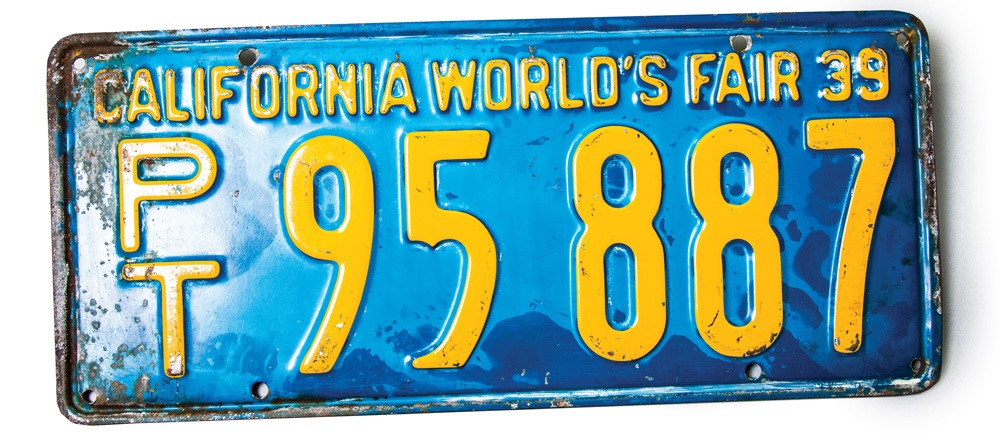
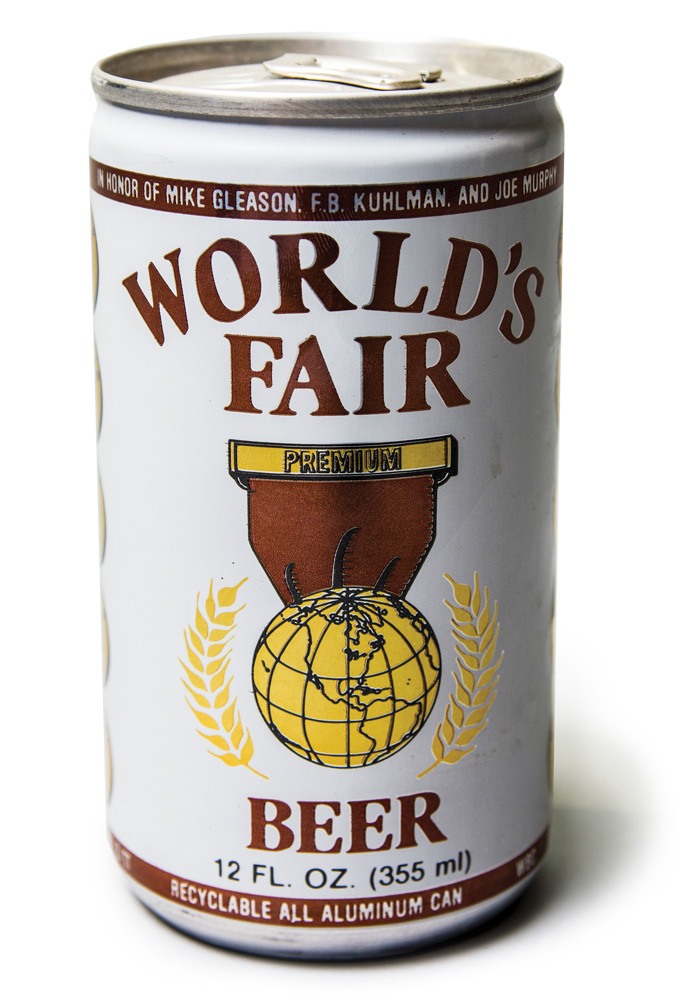
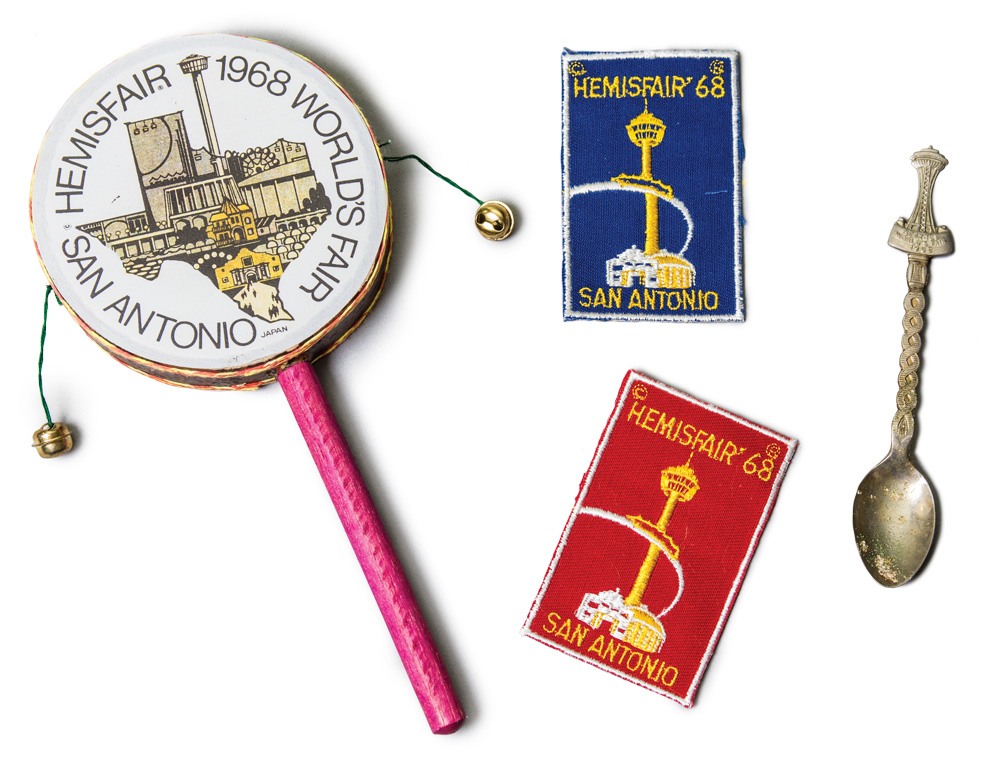
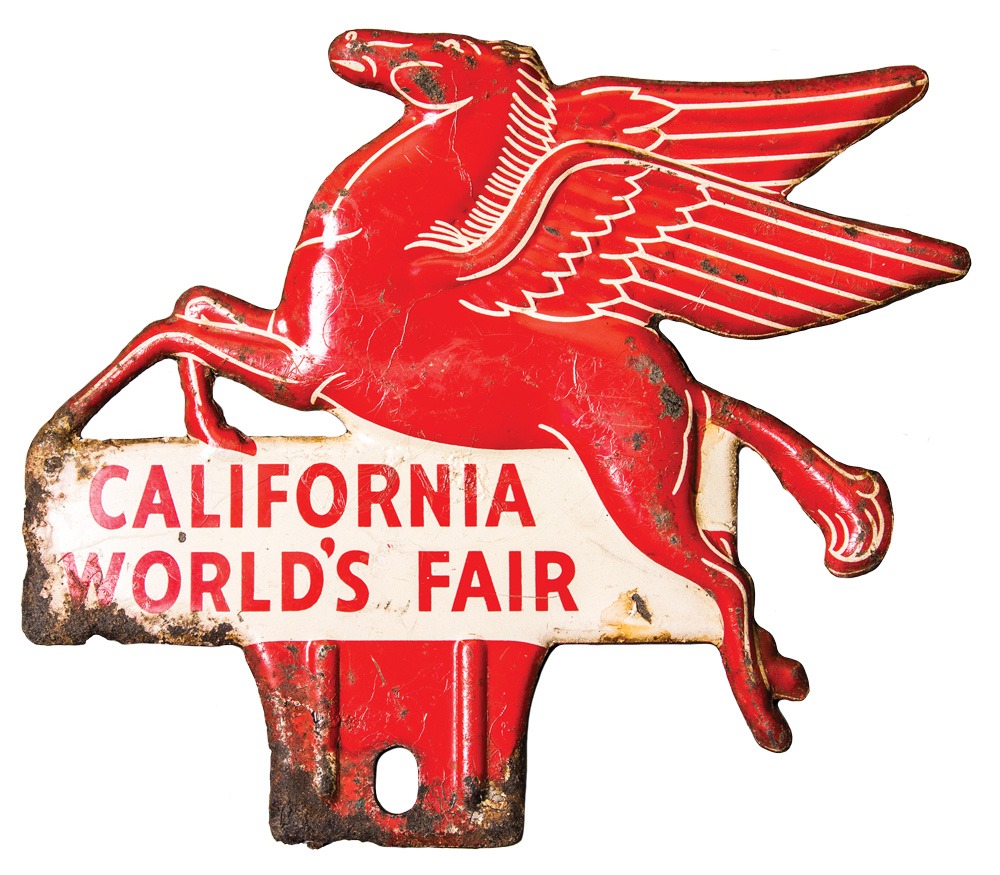
PonTell was an avid fan of world’s fairs and expos. He and his wife traveled to many, and in all their travels, they scanned antique shops in search of world’s fair artifacts. Soon the collection grew as friends and family members went on the lookout for collectibles to gift to the PonTells.
When PonTell passed away, his son Steve, a city planner who develops affordable housing, became caretaker of the collection. After much thought and research, Steve, with the blessing of the rest of the family, decided to gift the collection to the University of La Verne. His good friend President Devorah Lieberman introduced him to Ben Jenkins, university archivist. Jenkins’ passion and vision for the collection’s use, along with the university’s commitment to educating first-generation students, won Steve over.
“Fairs are great little pieces of history,” Steve reflected. “At one time, they were the primary venue for bringing the latest products and technology to market, and they served to educate people all over the globe. Being such a huge draw, they also presented an opportunity to revitalize the cities they took place in.”
Many people today don’t realize that Seattle’s Space Needle, the Eiffel Tower, San Diego’s Balboa Park museums, and San Francisco’s Palace of Fine Arts were all built for world’s fairs and expos. Now University of La Verne students can learn about this global history from their classrooms in Southern California.
